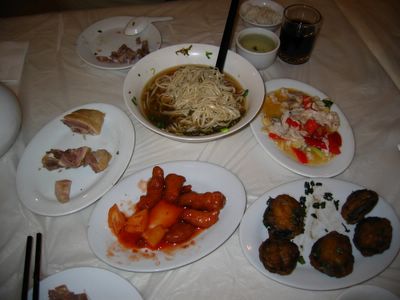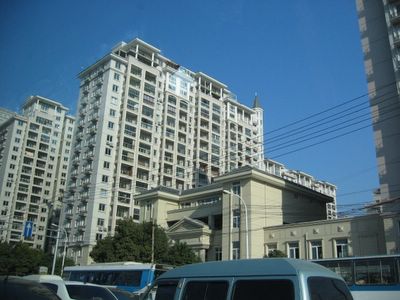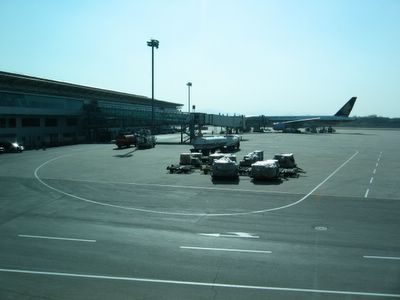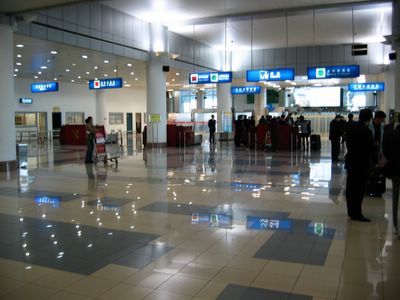
Nanjing Massacre Museum - Foreground structure shows three vertical pillars and 5 metal rings at the top, signifying the 300 000 who died. Below the rings hangs the bell which reminds people of the importance of peace. Right background shows a broken wall which signifies the fall of Nanjing, following the breach of the Zhonghua Gate by the invading Japanese forces. The number on the top left shows the death toll of the entire invasion. The right hand foreground shows a carpet of white pebbles, which signifies the bones of those dead. In fact, the entire museum is built on a massacre ground and the visitors are indeed walking on the skeletons of the dead.
























